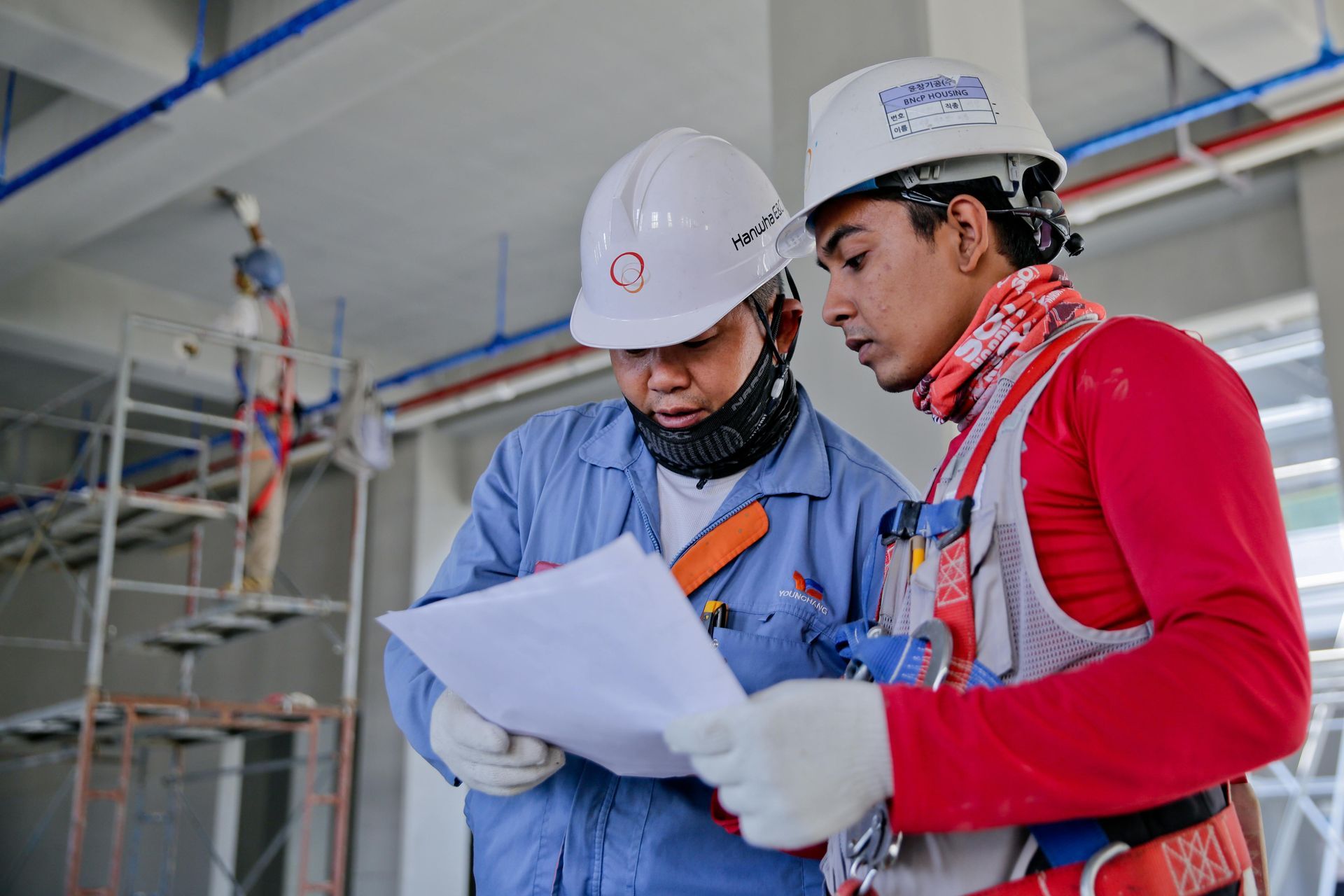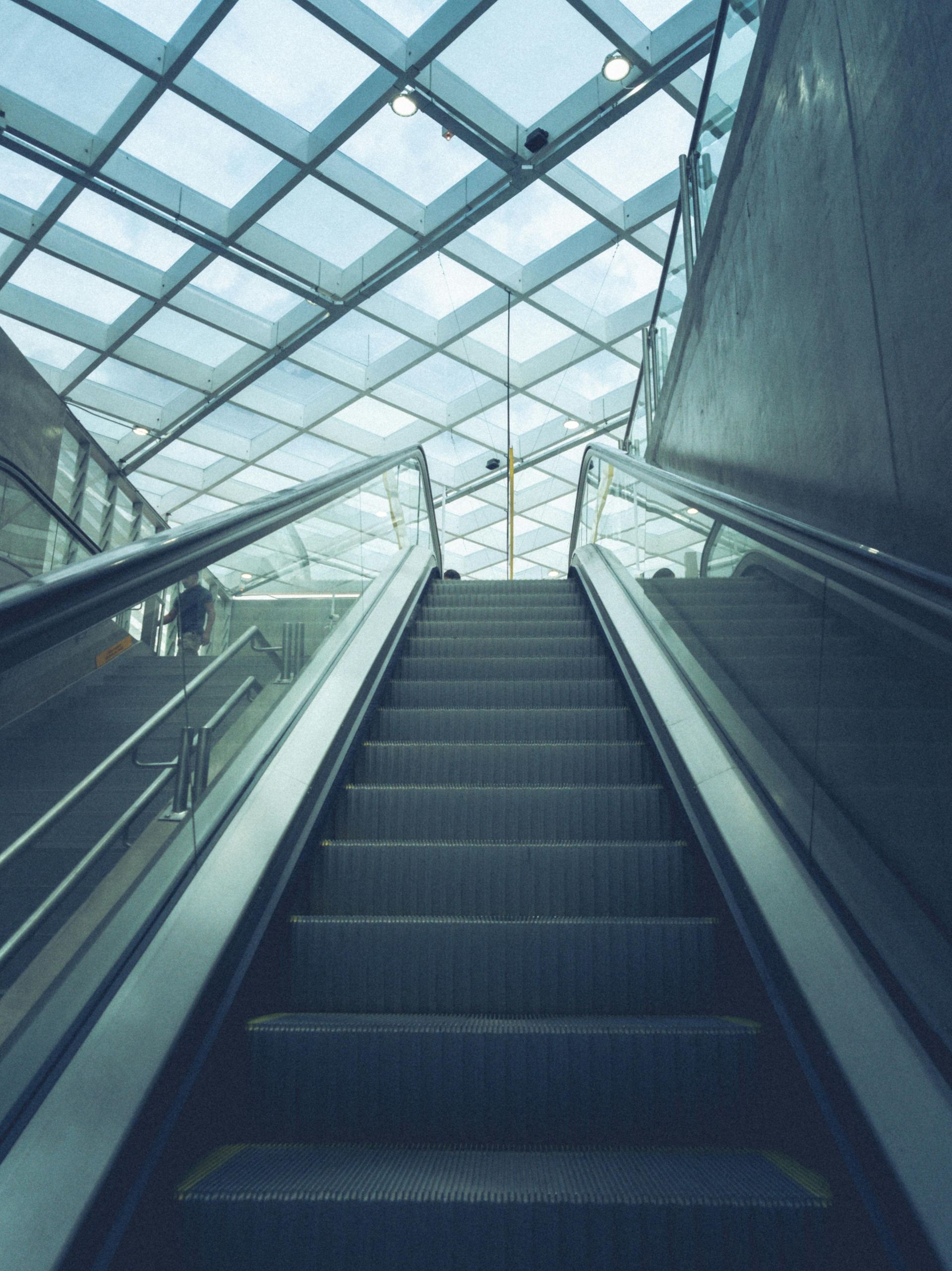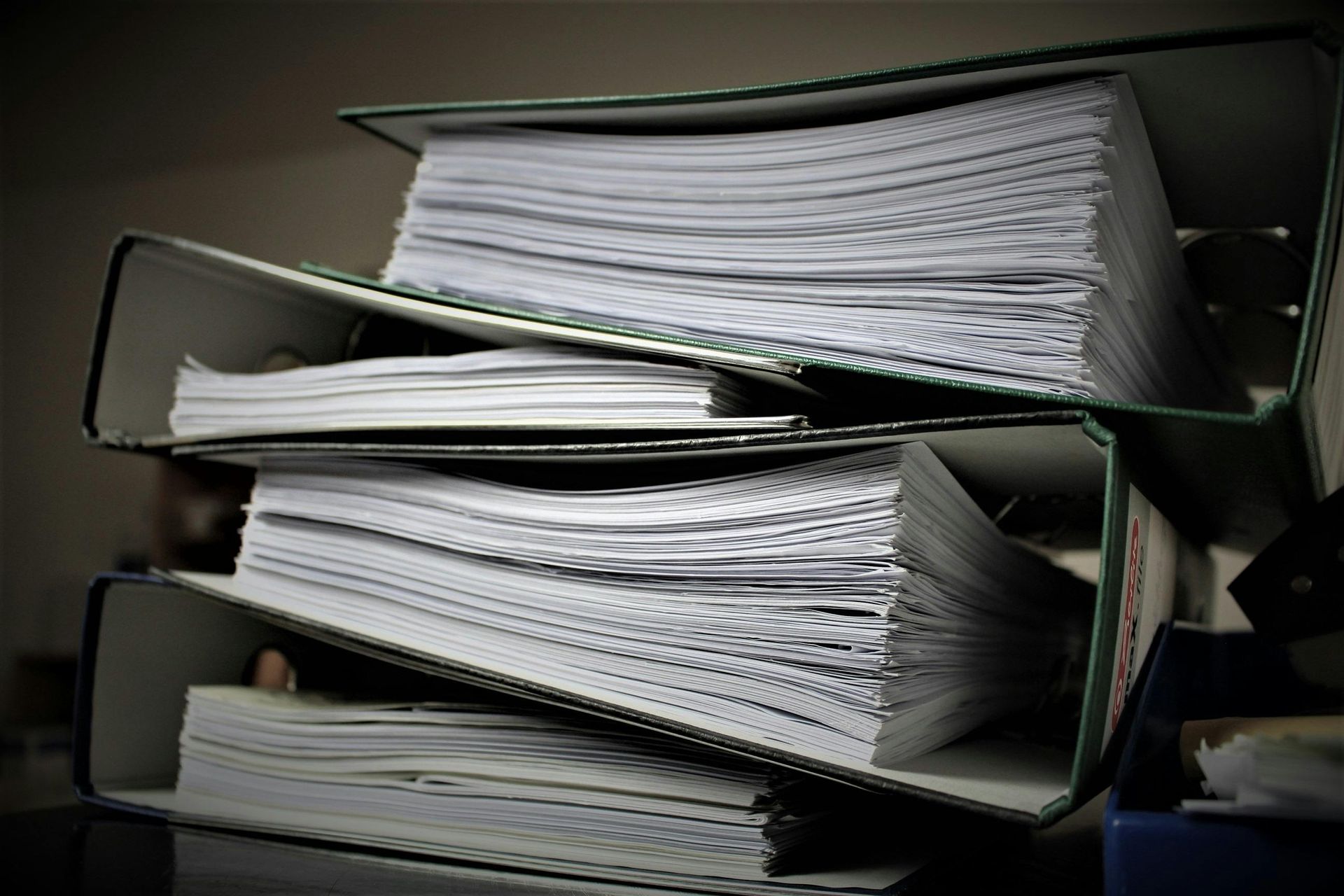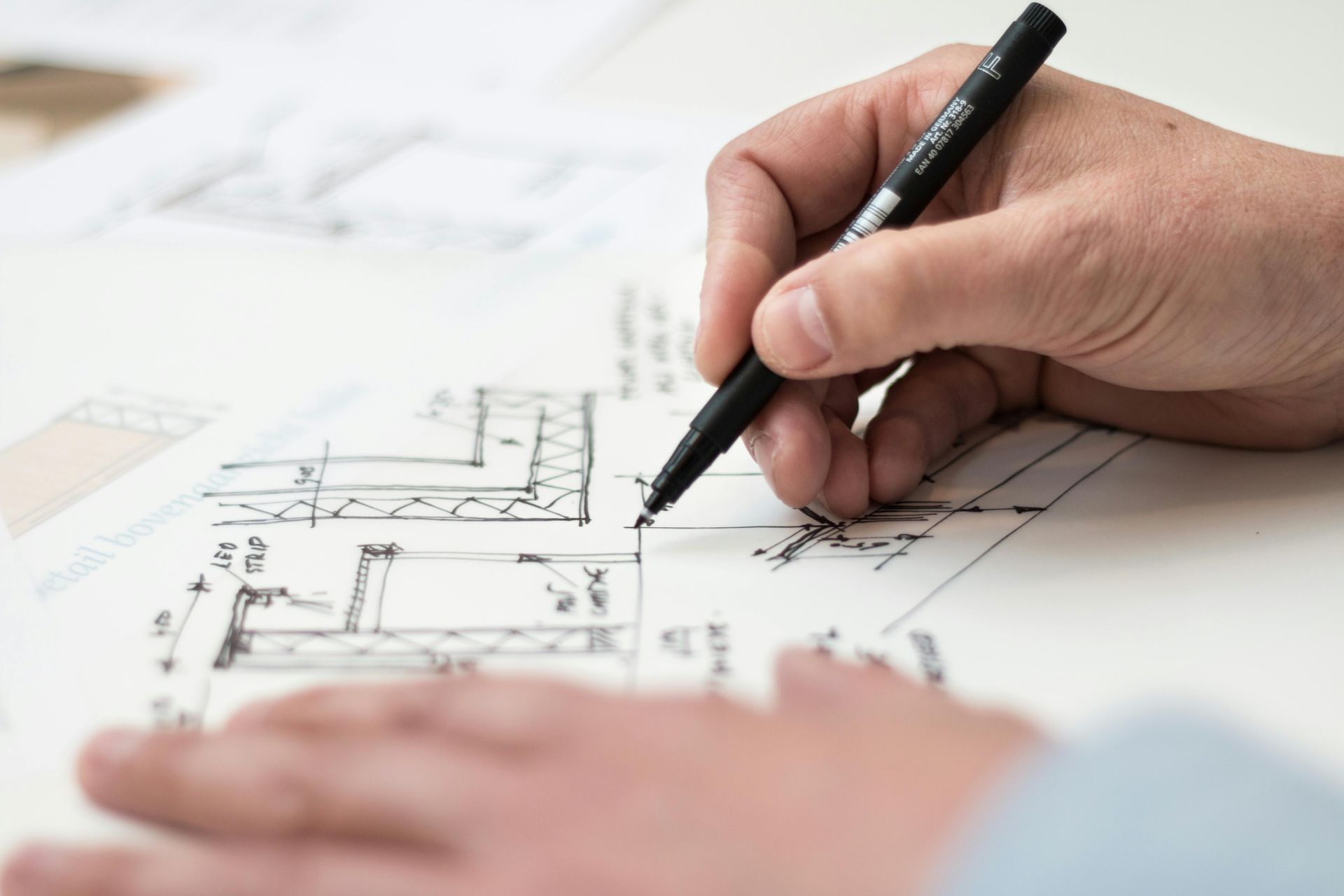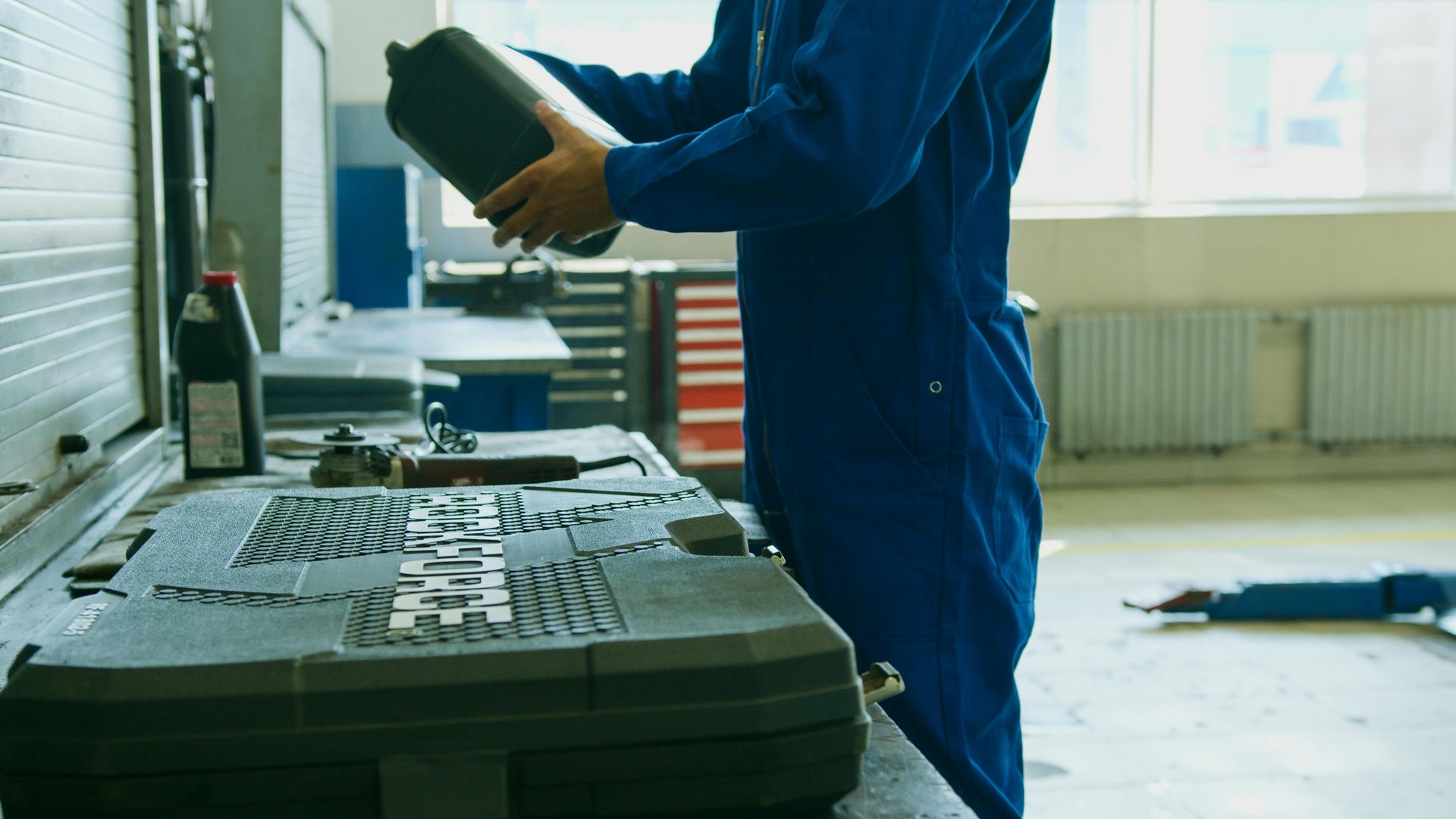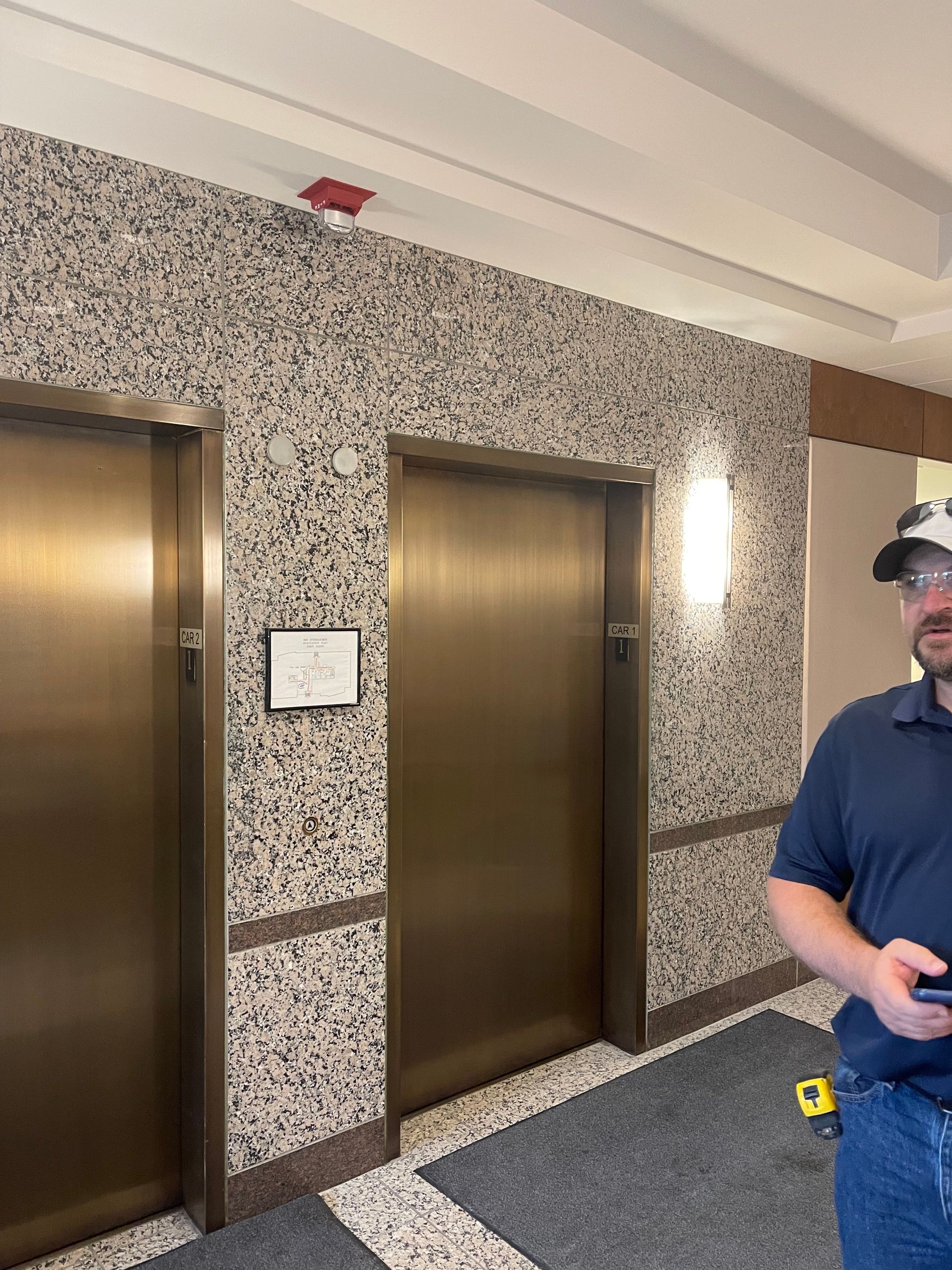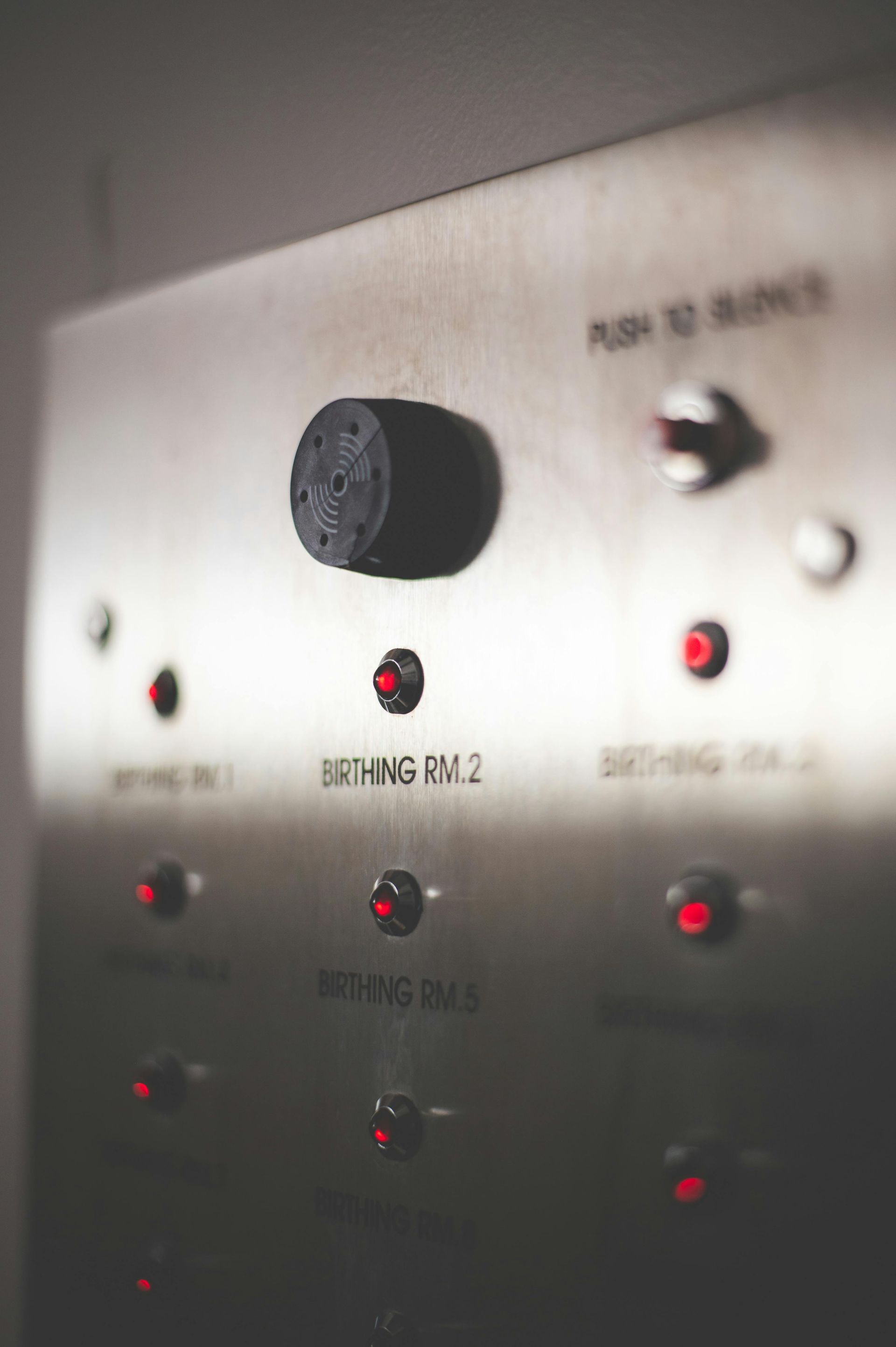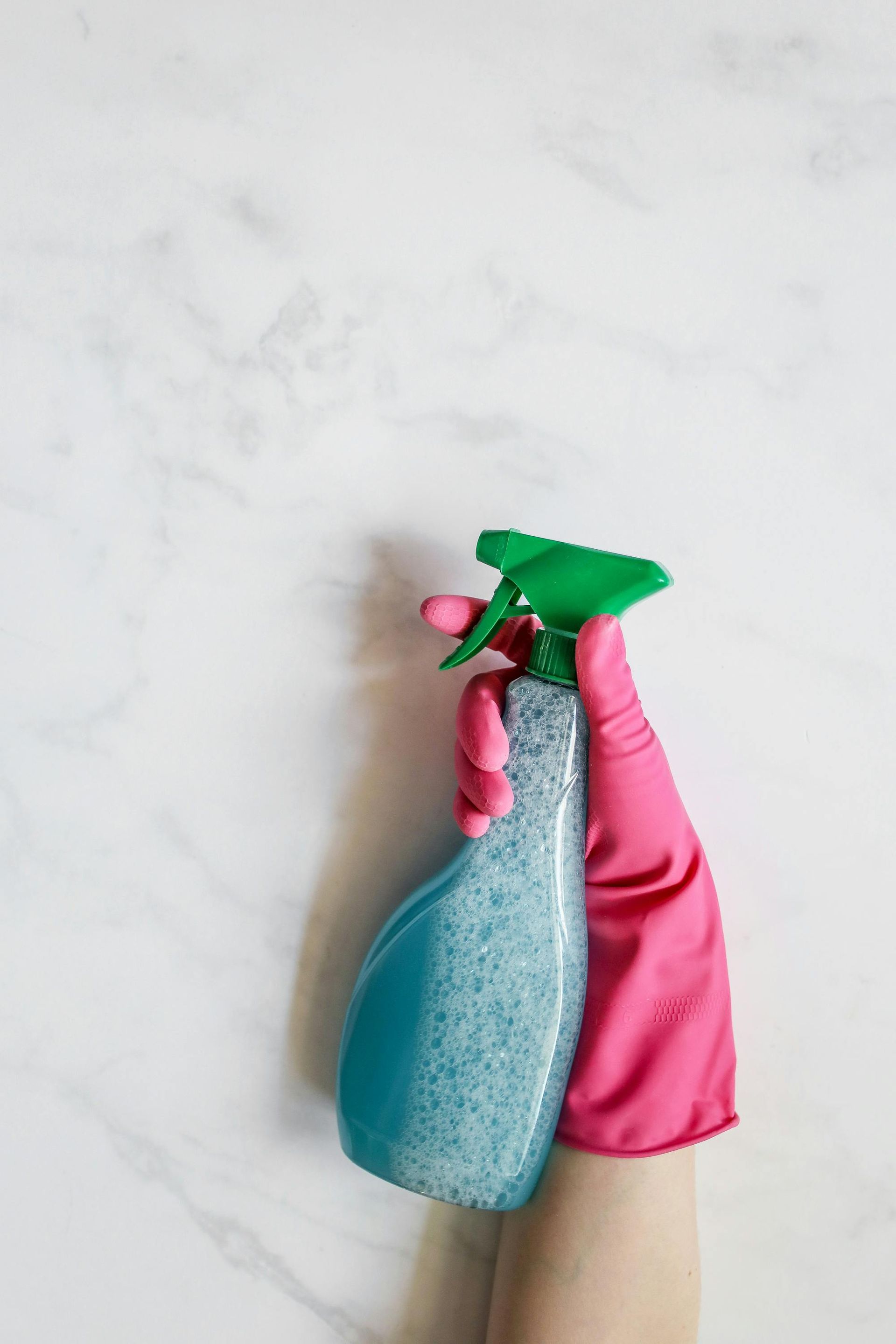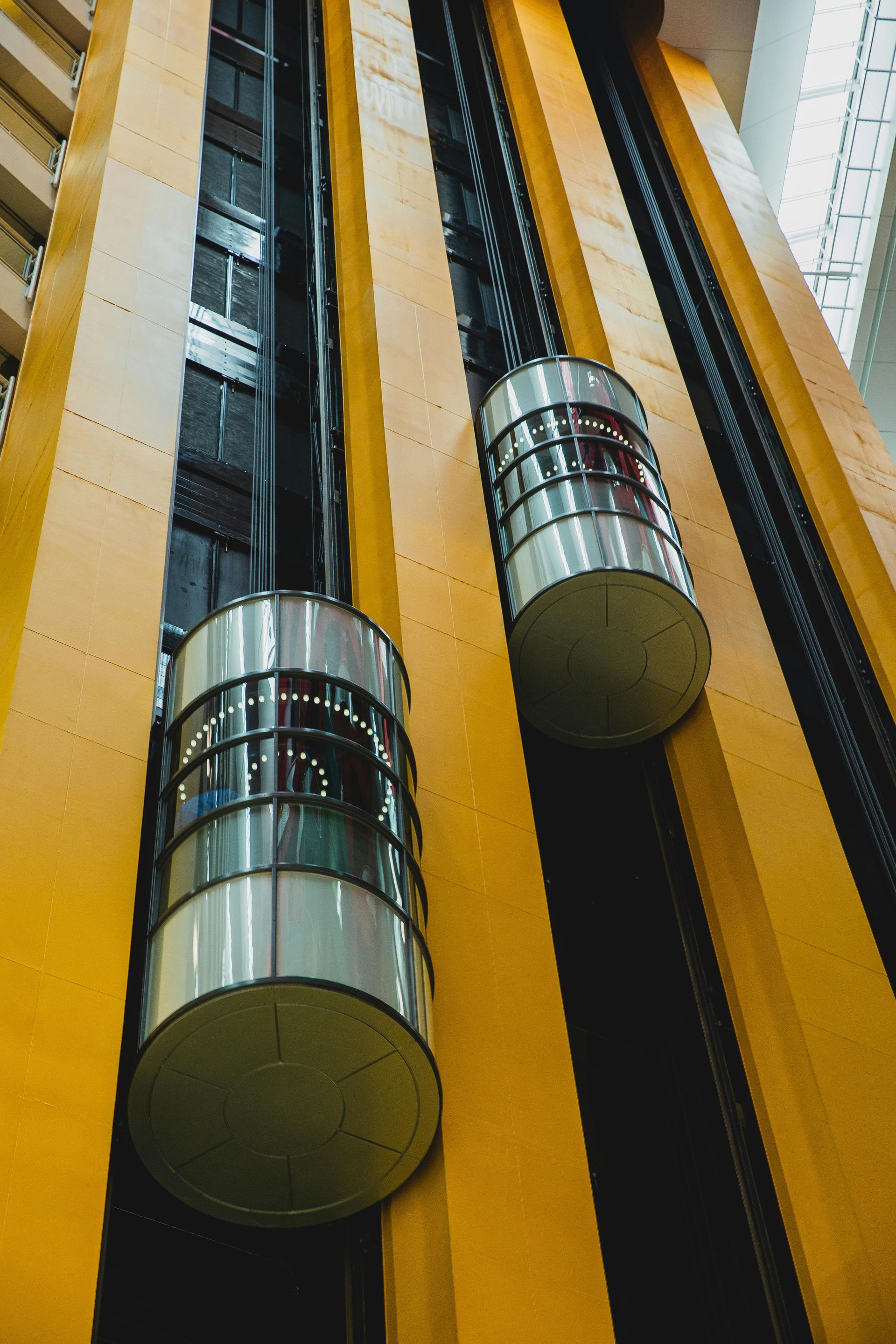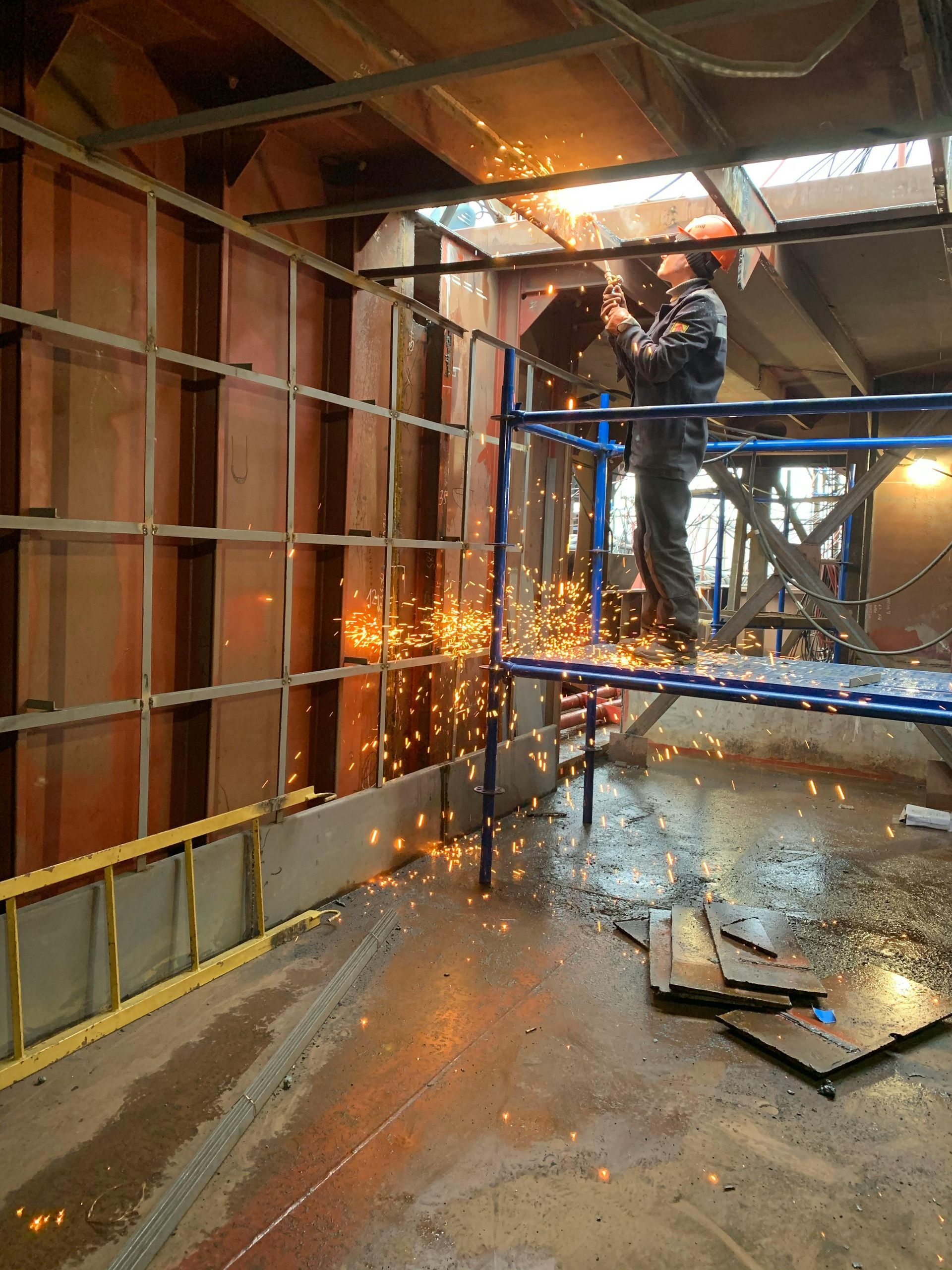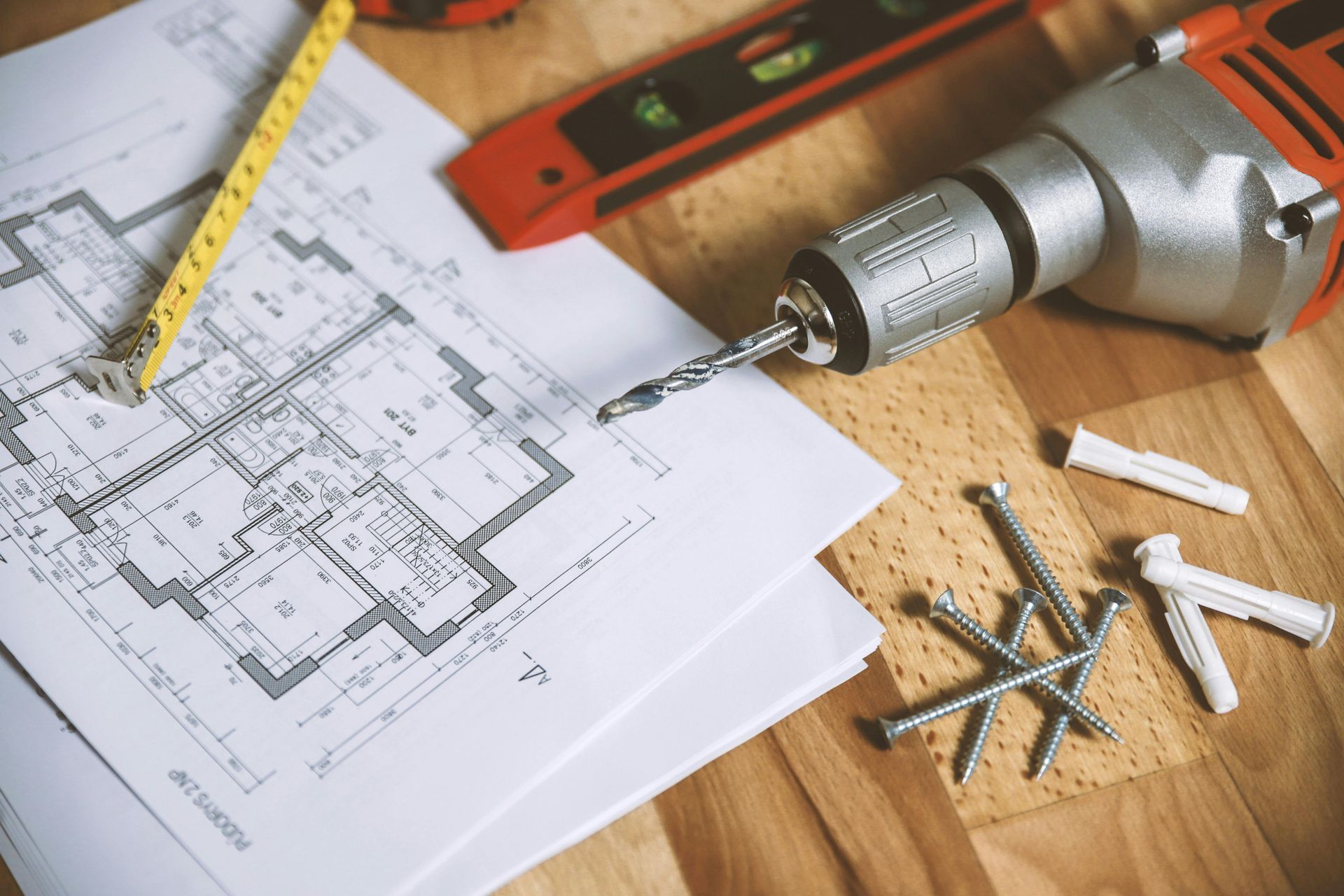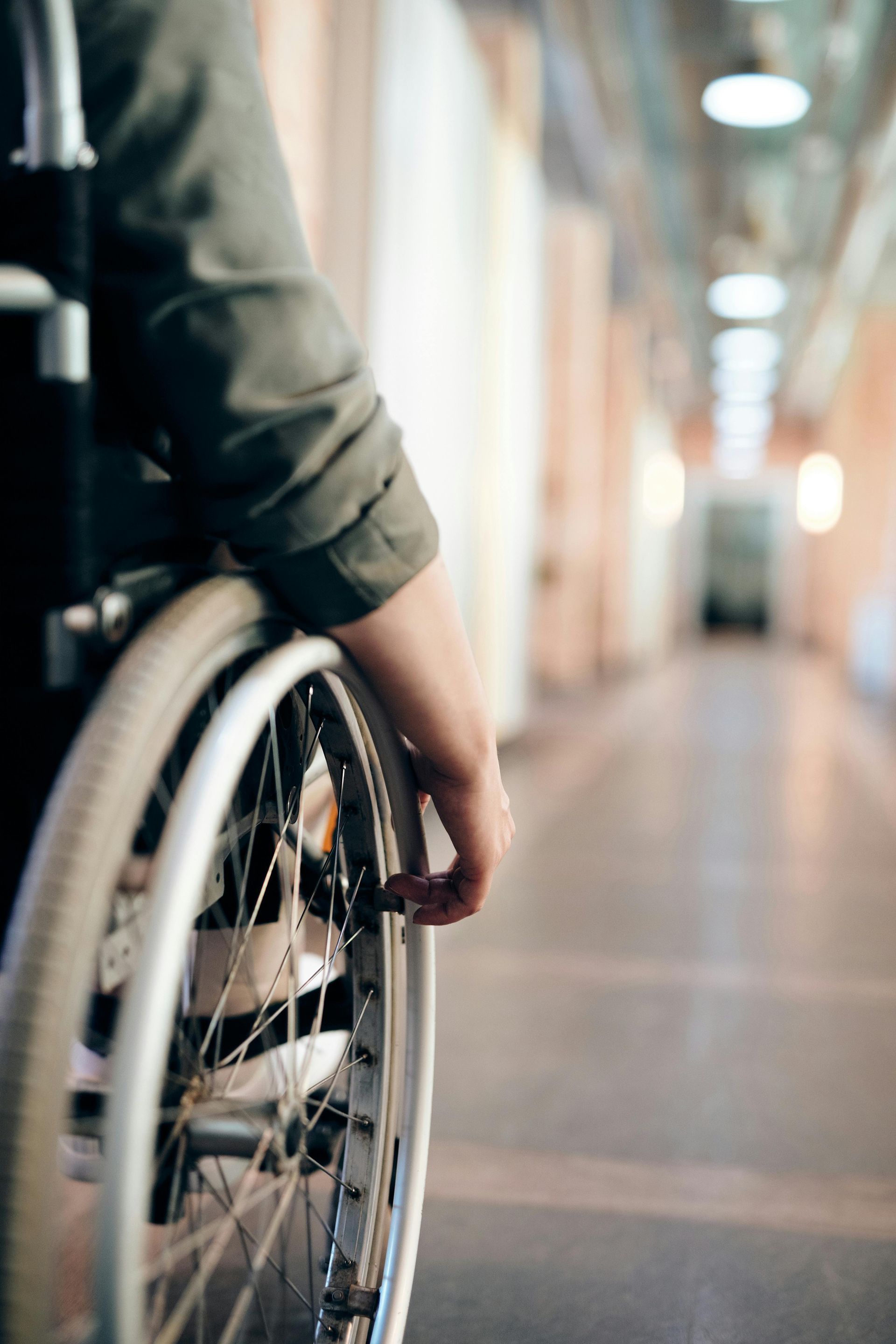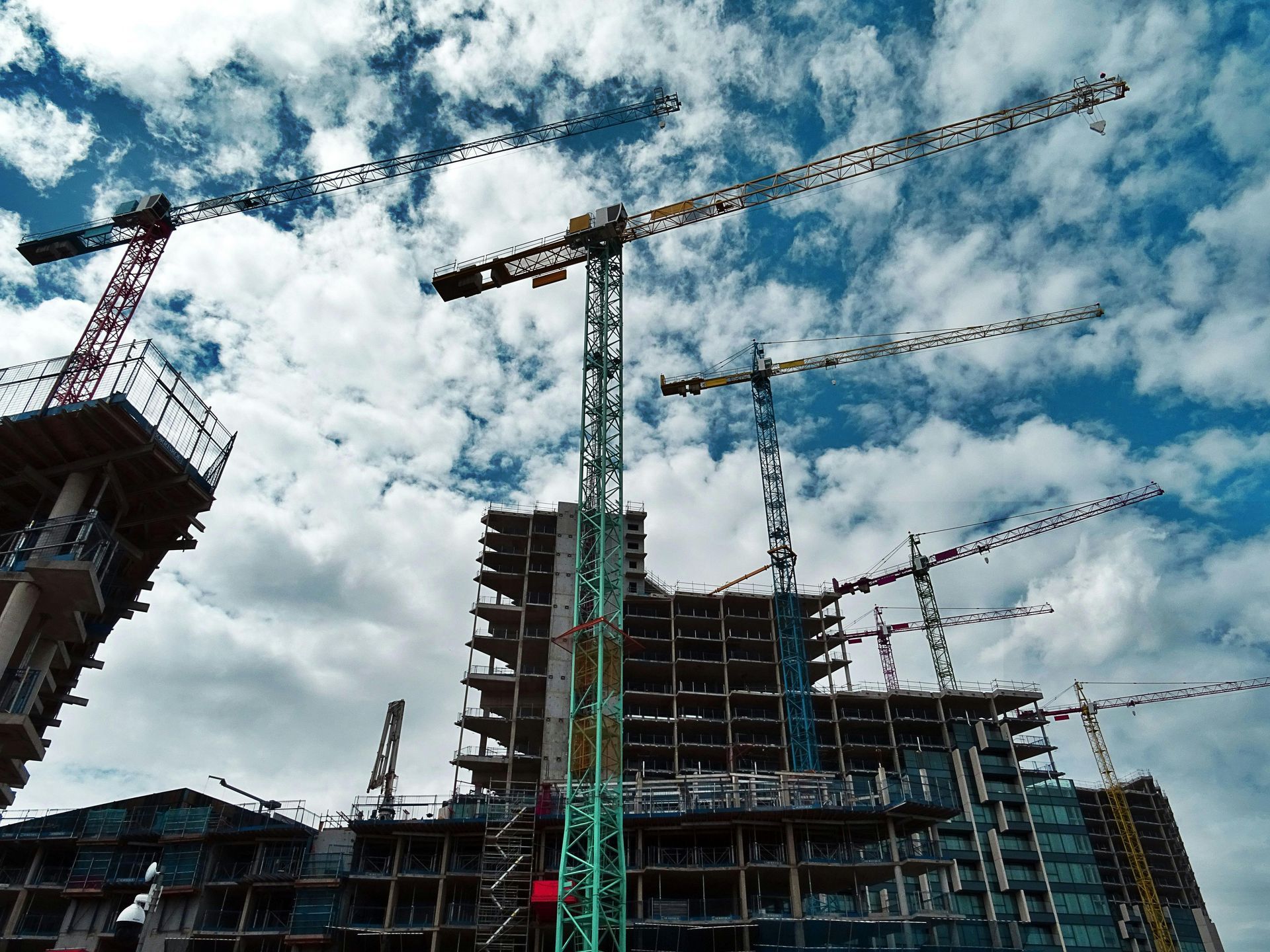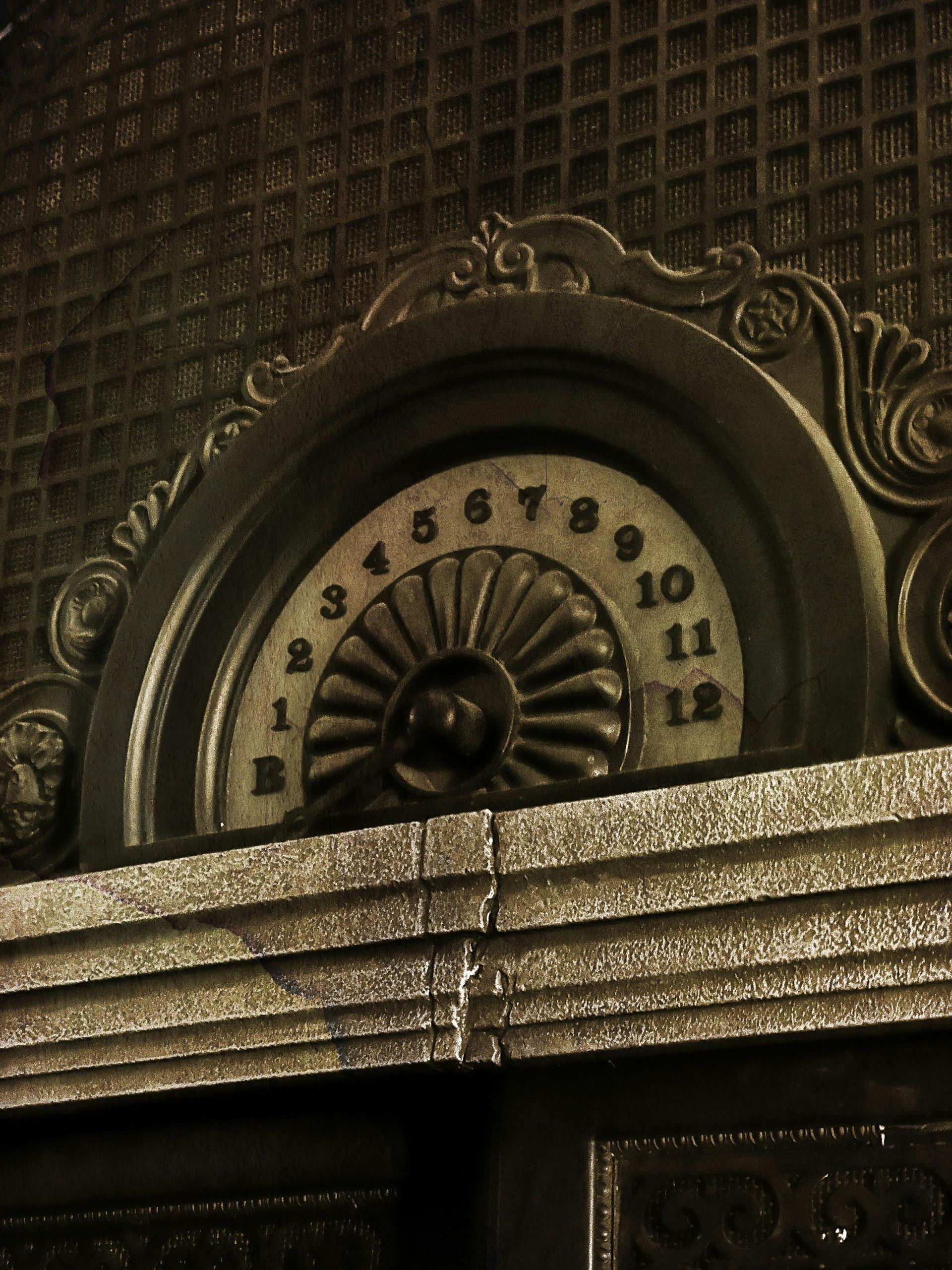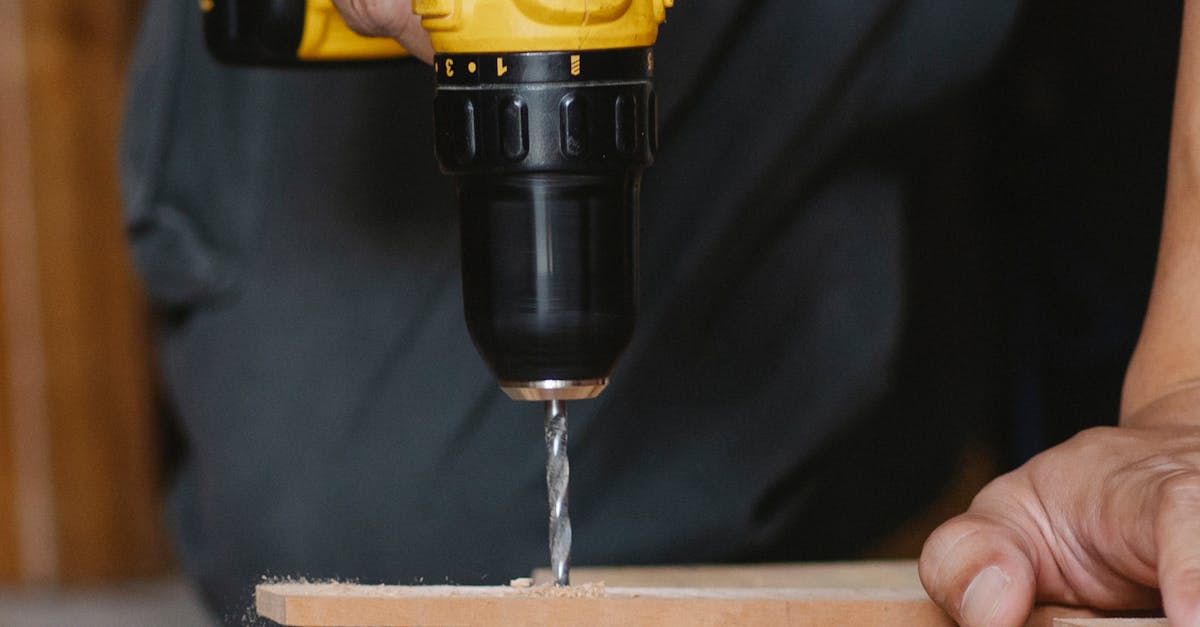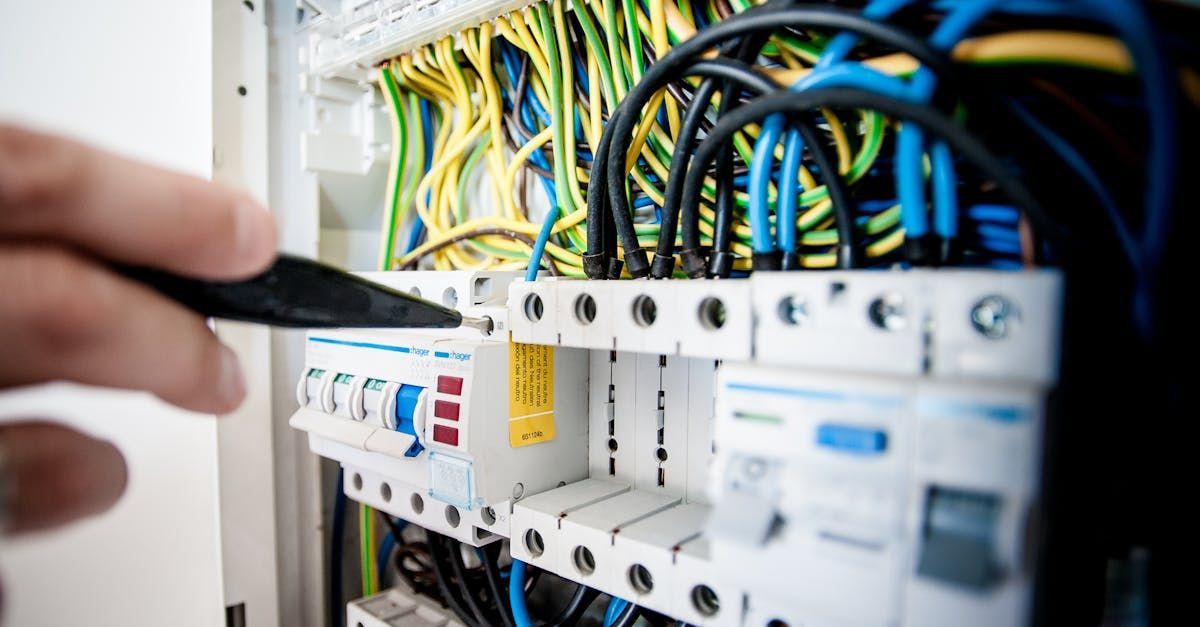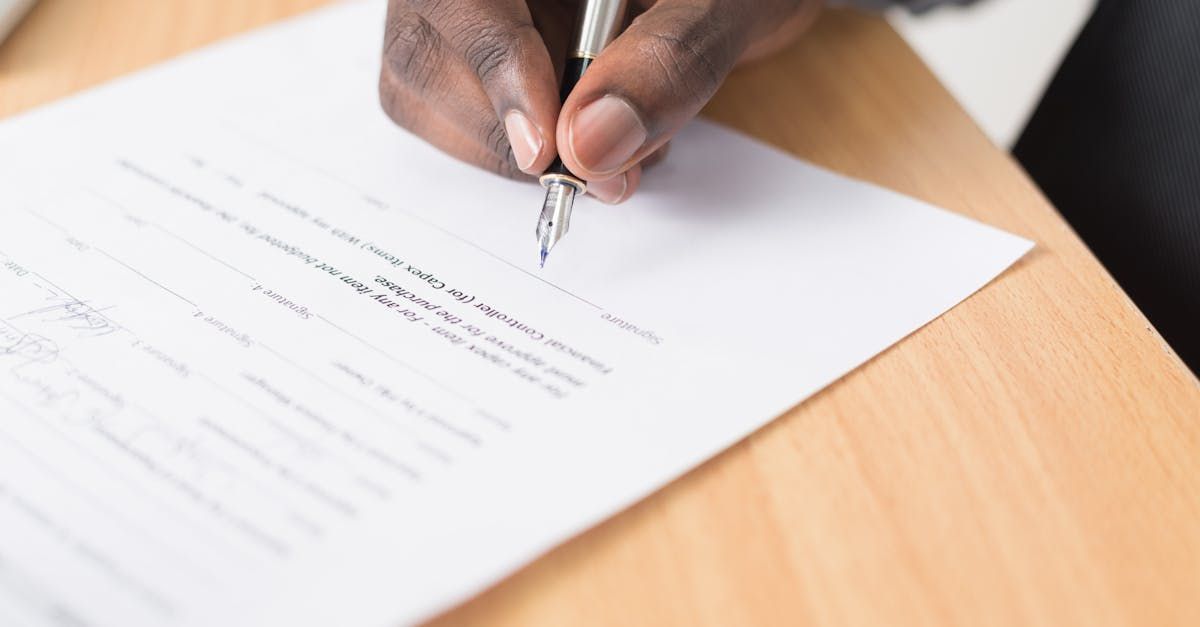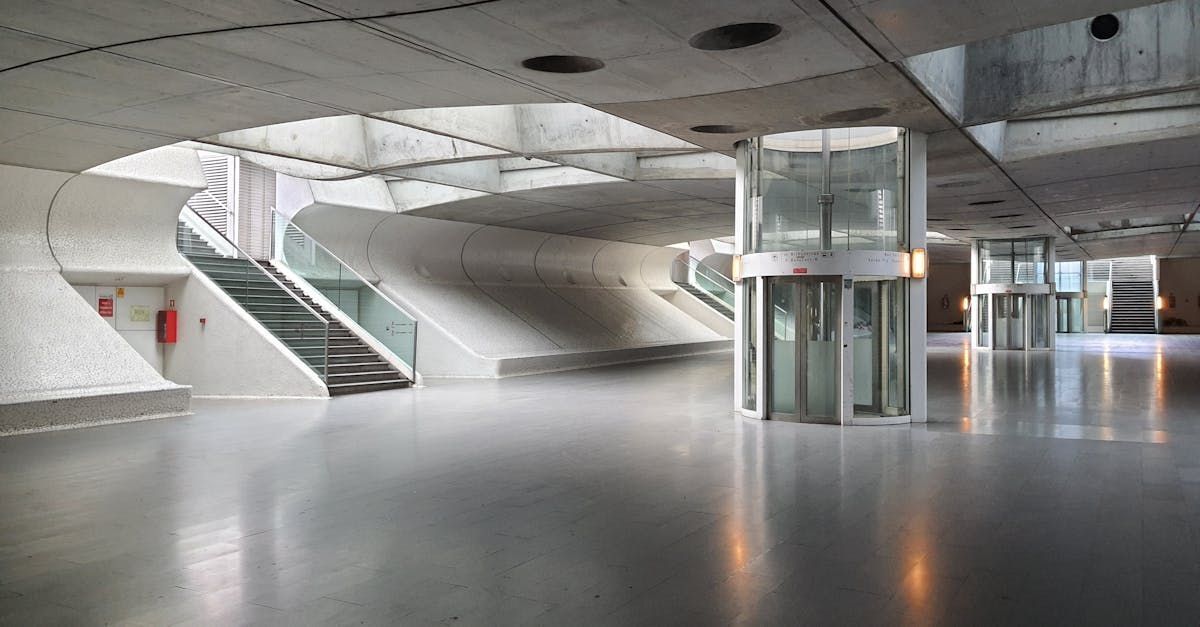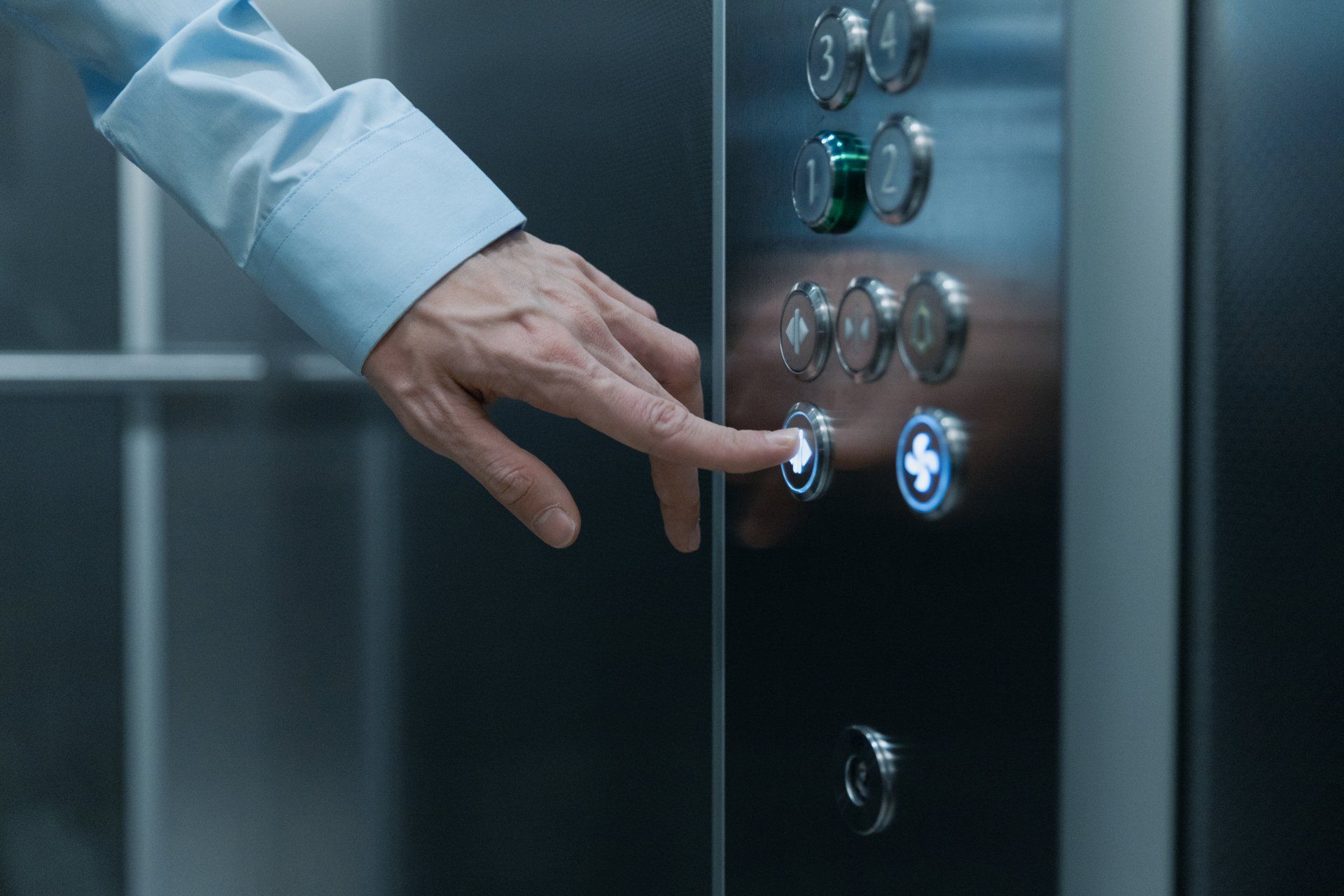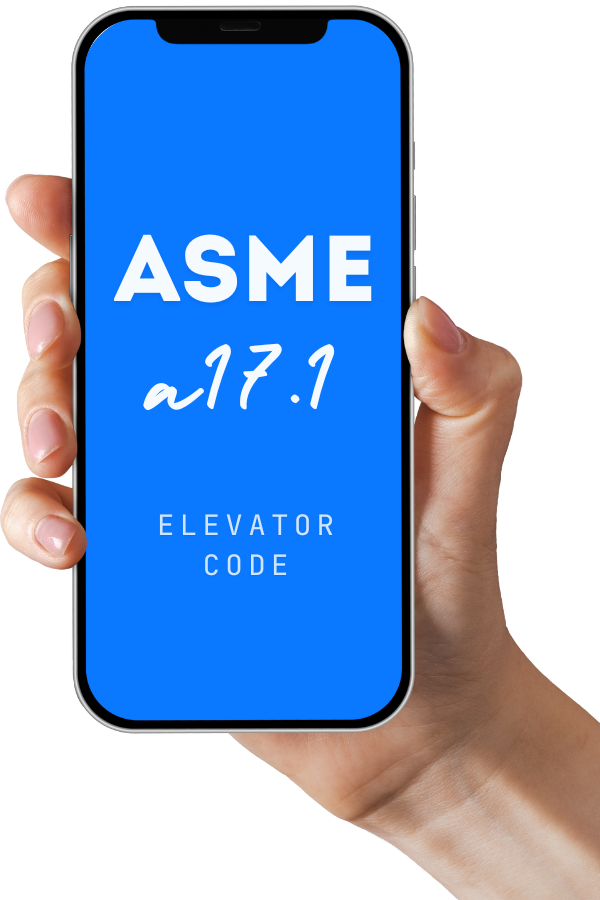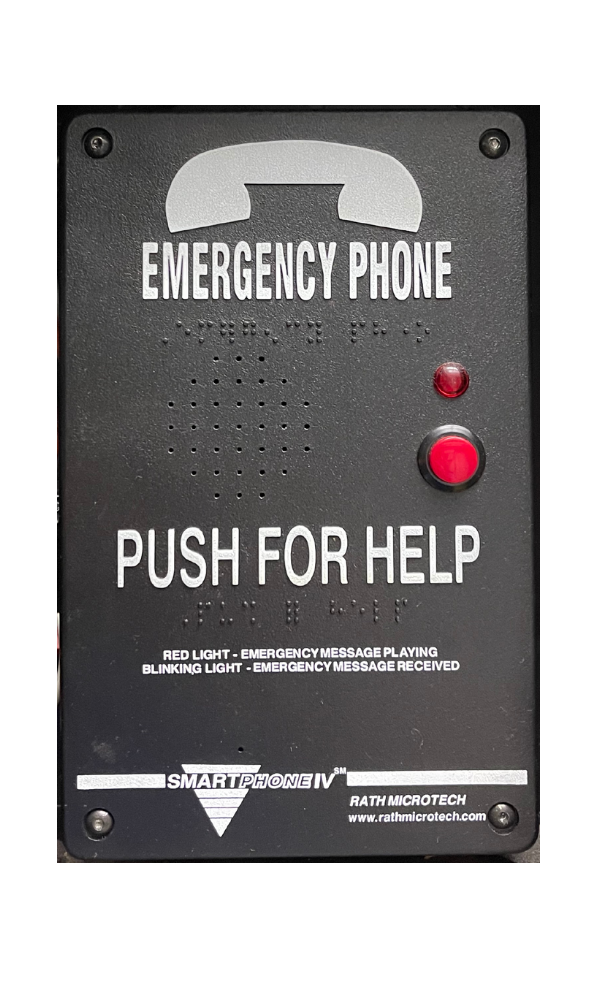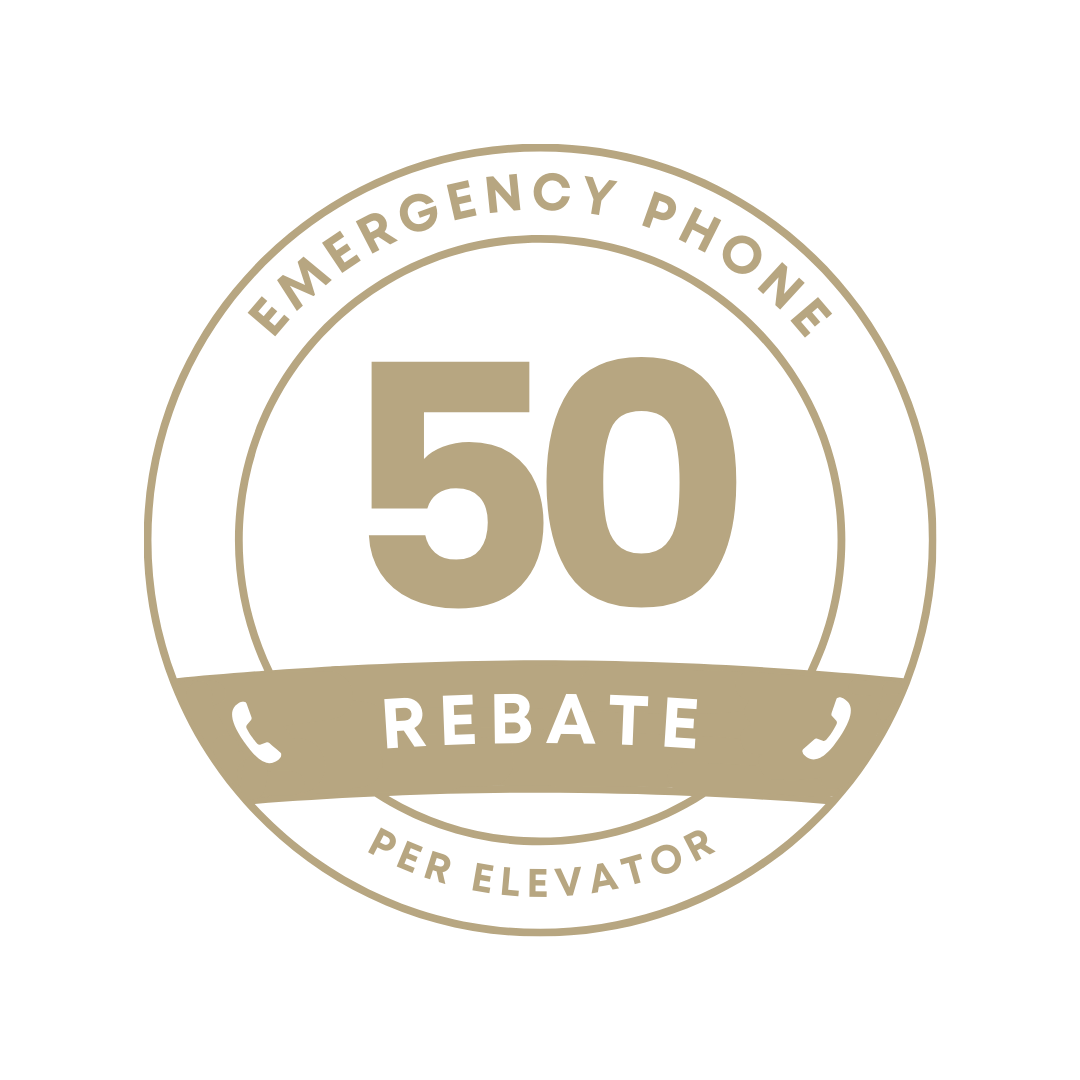Is a Broken Elevator an ADA Violation
Key Highlights
- The Americans with Disabilities Act (ADA) lays down rules for how elevators should work and be kept up, making sure they meet standards to prevent any legal trouble.
- If an elevator stops working, it could mean trouble under the ADA if people with disabilities can't get into or around the building as needed.
- Keeping elevators in good shape through regular maintenance is key to sticking to ADA rules.
- Owners of buildings need to know about specific requirements from the ADA regarding how elevators must be designed and operate so everyone can use them easily.
- Under the Fair Housing Act (FHA), when there's a problem with an elevator, owners have to fix it quickly. This ensures that all residents, including those with disabilities, can leave safely in case of an emergency.
- With careful attention to what the ADA says and quick action on fixing any issues with elevators, property owners can steer clear of legal problems while making their spaces welcoming for everyone.
Introduction
Elevators are super important for making sure people with disabilities can get around in commercial buildings easily. The Americans with Disabilities Act, or ADA for short, has some rules to make sure elevators are accessible so everyone gets a fair shot. But when elevators stop working, it could cause problems and even lead to breaking these ADA rules if things aren't fixed quickly.
The ADA is this big law that helps protect the rights of folks with disabilities by stopping unfair treatment in different places like commercial buildings. According to the ADA, those who own these buildings have got to do what's necessary so their properties are easy for everyone to access. This means keeping elevators running smoothly and figuring out other ways to help when there's an elevator outage.
To keep everything on track and avoid any legal trouble from not following the ADA stuff, regular checks on the elevator systems are key. By sticking closely to what the ADA says about how things should be done and fixing any issues right away, owners of buildings can make sure they're doing right by all people who come through their doors.
Understanding ADA Compliance for Elevators
To get a grip on how a broken elevator can mess with ADA rules, we need to dive into what the ADA says about making elevators easy for everyone to use. The ADA has some pretty clear rules about how elevators should work so that people with disabilities don't have trouble using them. This includes things like how big the buttons and cab need to be, adding braille next to buttons, putting in systems so people can talk if there's an emergency, and having features like handrails and sensors that make sure doors don't close too soon.
For those who own or manage buildings, it's crucial they know these accessibility requirements inside out. That way, their elevators are not just following the law but are truly open for anyone to use safely and without hassle.
The Basics of ADA Requirements for Elevators
The ADA has set some rules to make sure elevators are easy for everyone to use, especially people with disabilities. These rules cover a bunch of things that need to be in place.
For starters, the buttons and keypads on elevators have got to be high enough so everyone can reach them but not too high. The doors need to slide side-to-side and stay open long enough—at least 20 seconds—so there's plenty of time to get in or out. Inside the elevator, there should be at least 16 square feet of room. This is so people who use wheelchairs or other mobility devices have enough space.
These points I mentioned are part of what building owners and managers must check out in the full list of ADA guidelines. They've got to make sure their elevators follow these standards closely. By doing this, they're making their buildings more welcoming by allowing folks with disabilities move around freely and safely on their own.
How ADA Compliance Affects Building Operations
For building managers and owners, making sure their buildings follow ADA rules is really important. If they don't, they could face legal trouble and lose money, which might also affect who decides to live or work there.
With the responsibility of keeping up with ADA standards on their shoulders, things like making sure elevators are easy for everyone to use become crucial. Ignoring these requirements can lead to fines or even court cases. Plus, if people with disabilities find it hard to get around in a building because it lacks features like working elevators that meet their needs, they're less likely to want to stay.
By focusing on meeting ADA guidelines and maintaining accessible facilities such as elevators properly, those in charge can draw in more tenants and steer clear of any legal headaches. Following ADA not only helps people with disabilities but makes the space welcoming for everyone who visits or lives there.
Common Issues with Elevator Accessibility
Elevators are meant to make getting around easier, but sometimes people with disabilities run into problems. To fix these issues and make sure everyone can use the elevator easily, some changes might be needed.
For starters, the space inside an elevator car might not be big enough for someone in a wheelchair. In situations like this, adding ramps or finding other ways for them to get where they need to go in the building could help. Also, things like braille signs for those who can't see well and audio messages or special communication tools for those who have trouble hearing are important additions.
It's up to the folks who own and manage buildings to look out for these kinds of challenges ahead of time. This way, everyone can move through their spaces without trouble. By making sure these adjustments are made when necessary, buildings will welcome everybody equally and stick to ADA requirements as they should.
Identifying Accessibility Challenges in Elevators
When looking into how easy it is for everyone to use elevators, especially those with disabilities, it's key to spot the hurdles they might face. By understanding these issues, folks who own or manage buildings can make changes that not only follow ADA rules but also make life easier for people with disabilities. Here are a few common problems:
- Elevators can be too cramped, making it hard for anyone using wheelchairs or other mobility aids to fit comfortably.
- If there aren't signs in braille or clear visual cues, people who have trouble seeing might find elevators tricky to use.
- For those with hearing challenges, having announcements and alerts they can hear clearly is crucial but often missing.
- When elevators break down and aren't fixed quickly enough; this creates big obstacles for individuals needing them most.
By paying attention to these points and taking steps like ensuring more room inside elevators, putting up signs that everyone can understand (including braille), keeping communication lines open and clear through audio updates, and sticking to regular maintenance schedules so everything runs smoothly—building owners do their part in creating spaces where accessibility isn’t an afterthought. This approach helps ensure no one feels left out because of how a building is designed or operated.
Solutions for Making Elevators More Accessible
To make elevators easier to use and follow ADA rules, those in charge of buildings can do a few things. These steps help everyone, especially people with disabilities, have better access. Here's what they can do:
- By putting in ramps or other ways to get there easily, folks who use wheelchairs or scooters can get on the elevator without trouble.
- With clear signs that everyone can read, including braille for those who are blind or have trouble seeing, finding elevator buttons and floors becomes simpler.
- For people who are hard of hearing, having sounds tell you what floor you're on or if doors are opening helps a lot.
- Following ADA standards when it comes to how high buttons should be placed along with lights inside the lift makes sure emergency features and handrails meet everyone’s needs.
By taking these actions building bosses ensure their spaces welcome everybody. Sticking to ADA guidelines is not just about following rules; it's also about making lifts easy and pleasant for anyone using them whether they live there or are just visiting.
Legal Implications of Elevator Downtime for ADA Compliance
When elevators aren't working, it can cause big problems with the law because of rules about making sure people with disabilities have access. The Americans with Disabilities Act (ADA) and the Fair Housing Act (FHA) say that elevators must be easy to use for everyone and kept in good shape. If building owners don't follow these rules, they could get fined or even sued.
For those who own or manage buildings, there's a clear duty to keep elevators up and running so everyone can use them. Not sticking to ADA guidelines might lead not just to money troubles but also harm their reputation. On top of this, the FHA requires safe ways out of the building for all tenants during emergencies which highlights why elevator service is crucial.
By getting how serious elevator issues are under these laws, owners and managers should make fixing and looking after elevators a top thing on their list. Doing regular maintenance helps avoid breaking any regulations related to accessibility for people covered by acts like ADA or FHA while ensuring every person in the building gets treated fairly.
Preventative Measures to Avoid ADA Non-Compliance
To steer clear of any legal troubles and make sure they're following ADA rules, folks who own or manage buildings should take some steps ahead of time. These actions are all about making elevators easy for everyone to use and keeping them up to the mark with what ADA expects. Here's a look at what can be done:
- Keeping up with maintenance: It's smart to have regular check-ups on elevators so you can catch and fix small problems before they turn into big ones.
- Contracts for upkeep: Work out deals with skilled workers who know their stuff when it comes to elevator checks and fixes, ensuring everything meets ADA standards.
- Learning about ADA: Make sure people working in your building really get what the ADA guidelines mean for elevators, helping everyone stick to the rules.
- Checking things over: Every now and then, do a thorough review on how accessible your elevators are. If something doesn't line up with regulations, sort it out quickly.
By taking these proactive steps early on, those in charge of buildings can keep their elevators right in line with ada requirements , dodge issues related to not following laws (ADA),and ensure that anyone using the building gets around easily.
The Role of Maintenance in ADA Compliant Elevators
Keeping elevators up to ADA standards is super important, and doing regular check-ups is key. When you keep an eye on things and fix problems as they come up, you stop big issues like elevator breakdowns from happening. This makes sure everyone, including people with disabilities, can use the elevators without trouble.
With certified technicians who know all about ADA requirements on your team, spotting potential troubles early becomes easier. These pros are clued-up on what needs to be done for elevators to meet ADA guidelines and can advise if any updates are needed.
For building owners and managers aiming to stick by the rules of accessibility set by the ADA guidelines should really focus on this routine upkeep. Teaming up with these expert technicians means staying ahead in keeping everything accessible while dodging legal headaches that come when not following ada standards.
Regular Maintenance Schedule for Elevator Compliance
To keep elevators working well and in line with ADA guidelines, it's really important to have a regular maintenance plan. Making sure your elevator is always ready to go not only makes it easier for everyone to use but also helps avoid any technical problems or issues with not following the rules. Here are some things you should think about when setting up this kind of schedule:
- With how often: Think about how much the elevator is used, its age, and what the maker suggests to figure out how regularly it needs checks and fixes.
- About checklists: Put together a detailed list that looks at everything important including heights of buttons, lighting, emergency features, and sensors that make doors reopen if something interrupts them.
- On keeping records: Keep track of all the upkeep work done like inspections or repairs as well as any changes made for ADA reasons.
- For watching compliance: Make sure you're always looking over those maintenance logs and planning extra checks just so you stay on top of meeting ADA standards.
By sticking to a set routine for taking care of elevators while paying close attention to making sure they meet ada requirements regarding accessibility can help building owners steer clear from running into trouble with regulations while ensuring their elevator service remains dependable for anyone who might need it.
Importance of Certified Technicians in Elevator Maintenance
Certified elevator technicians are super important when it comes to keeping elevators up and running, as well as making sure they stick to ADA rules. These folks really know their stuff about how elevators work and get trained specifically on what needs to be done so that everyone can use them without a hitch. Here's the scoop on why these certified pros matter:
- With their deep understanding of ADA guidelines, certified technicians can quickly spot if something's not right and fix any issues that don't meet the standards.
- For building owners and managers, having a certified technician around means you can breathe easy knowing your elevators check off all the boxes for ADA requirements, ensuring everyone gets where they need to go smoothly.
- Certified techs aren't just about fixing problems; they're also there for regular check-ups, maintenance tasks, and repairs which keeps everything running like clockwork. This cuts down on unexpected breakdowns.
By leaning on certified technicians for all things related to elevator upkeep, those in charge of buildings make sure they're always following ADA rules while providing a reliable ride upstairs or downstairs for everybody.
Navigating Elevator Outages: Rights and Responsibilities
When an elevator stops working, it can be a big problem for people living in the building and the ones who own it. It's really important to know what everyone should do when this happens. Here’s a quick look:
- For folks living there, especially those with disabilities who need the elevator, it's key to talk about what you need with the people running your building. Together, you can figure out how to make things work while the elevator is fixed.
- On their end, landlords have got to fix any issues with elevators quickly and make sure everyone can get where they need to go in the meantime.
By talking openly and working together, both residents and landlords can handle elevator breakdowns well. This ensures that even if an elevator isn't working right now; nobody is left without a way up or down - keeping everything fair according ADA rules on accessibility during these kinds of breakdowns.
What to Do When An Elevator is Out of Service
When an elevator stops working, it's really important to act fast to make sure people with disabilities are safe and can get where they need to go. Here's what you should do:
- Get in touch with the folks who look after elevators right away: As soon as you know there's a problem, call up the experts in elevator maintenance. They'll figure out what went wrong and how to fix it.
- Make other plans for getting around: Until the elevator is fixed, find different ways for people with disabilities to move easily. This might mean setting up temporary ramps or making sure there are bathrooms they can use on floors they can reach without an elevator.
- Talk things over with specialists: It’s good practice to work closely with those who know all about elevators and ADA requirements. They’ll help ensure whatever solutions you come up with meet legal standards and truly serve those in need.
- Keep everyone updated: Let everyone affected by the broken elevator—like residents, workers, or visitors—know what’s happening and how you’re handling it. Being open about your efforts helps ease worries and shows that alternative options are available until everything is back in order.
By tackling an elevator service issue quickly while ensuring alternatives align well within ADA guidelines (accessibility, being compliant) not only keeps individuals needing assistance taken care of but also adheres strictly to necessary regulations.
Communicating with Affected Parties During an Outage
When an elevator isn't working, it's really important to keep everyone in the loop and make sure they're okay. Here are some ways you can talk to people living or working in the building about what's going on:
- Let everyone know: Shoot off an email or a message telling folks that the elevator is out of service. Be clear about what happened, how long you think it'll take to fix, and if there are any other options for getting around.
- Share who to contact: Make sure people know how to get hold of either the building management or whoever looks after maintenance if they have questions or need more info. And when someone does reach out, get back to them quickly so they don't worry too much.
- Help out where needed: If someone needs extra help because of the broken elevator—maybe moving stuff up stairs or finding another way home—tell them it’s alright to ask for assistance. It could mean setting up a temporary ride situation or having staff members lend a hand with carrying things.
- Talk things through: Have conversations with those staying in your building about their specific situations and worries. Work together on figuring out different ways they can still get where they need go without too much trouble, especially making sure those solutions work for anyone with accessibility requirements.
Keeping open lines of communication during times like these shows that you care about making everything as smooth as possible until everything is back in order.
Innovations in Elevator Technology for Enhanced Accessibility
In the last few years, we've seen some pretty cool updates in how elevators work. These changes are all about making it easier for everyone to get around in buildings, especially for people with disabilities. Let's talk about a few of these improvements:
- With destination dispatch systems, elevators can now group folks going to the same area together. This means less waiting and not as many crowded rides.
- For those who have trouble seeing, there are elevators that listen and talk back! They tell you what floor you're on and let you pick floors just by speaking.
- Elevators also have buttons that feel different so they're easy to tell apart without looking, along with signs in braille.
- Doors that open themselves make life a lot simpler for anyone using a wheelchair or having difficulty moving around; no need to wait for someone else to help out.
- And if something goes wrong? There's new tech in place so calling for help is straightforward.
All these steps forward mean more people can move freely through buildings without running into barriers because of their abilities. It’s really changing how accessible places are thanks to advancements like braille options and other helpful features.
Advances in Elevator Design for ADA Compliance
Improvements in elevator technology have been key to meeting ADA standards and making buildings more accessible. Let's look at some important updates that help with accessibility:
- With adjustable cabin heights, elevators can match different ceiling levels, which is great for people using various mobility aids.
- By having bigger cabins, there's enough room for folks with mobility aids to move around easily inside the elevator.
- For those who have trouble seeing or hearing, modern elevators come equipped with visual and auditory signals. These features let users know which floor they're on and whether they're going up or down.
- Elevators these days can work together with assistive tech like screen readers and voice-controlled systems. This makes them a lot easier to use for individuals facing disabilities.
- The introduction of automatic doors has made it simpler for people with mobility challenges to get in and out without needing someone else to open the door for them.
These improvements are all about creating spaces where everyone feels welcome and able to move freely.
How New Technologies are Making Elevators Safer and More Accessible
Elevators are getting better and safer thanks to new tech, especially for people with disabilities. Here's a look at what's changing:
- With sensors that monitor things in real time, elevators can now get fixed before they even break down. This makes them more reliable and safe.
- Instead of pushing buttons, you can now use touchless controls like waving your hand or speaking commands. This is not only cleaner but also helps those who find pressing buttons hard.
- In case of an emergency, there are better ways to talk to rescue teams from inside an elevator. These improved communication systems make sure help is on the way faster and clearer.
- Elevator trips are becoming smoother as smart systems figure out the best routes, cutting down wait times. They're also tailored to help those with disabilities move around easier.
- The control panels inside elevators have been made simpler too. With easy-to-understand visuals and voices telling you what’s happening, they’re much friendlier for everyone to use.
These updates mean using elevators has become a lot less of a hassle while being safer and more accessible for everybody involved.
Conclusion
To wrap things up, it's really important to make sure elevators in buildings meet ADA standards so everyone can use them easily. If we don't follow these rules, not only could there be legal problems but also it might mess with how the building works day-to-day. By looking out for any issues that make access hard and fixing them, along with keeping up with regular maintenance, we can avoid breaking ADA laws. It's super important to know what should be done if an elevator isn't working right. Thanks to new advancements in technology, using elevators is becoming safer and welcoming for everybody. So by focusing on ada requirements and taking action early on, every building can offer a smooth ride without any hiccups for all its visitors.

